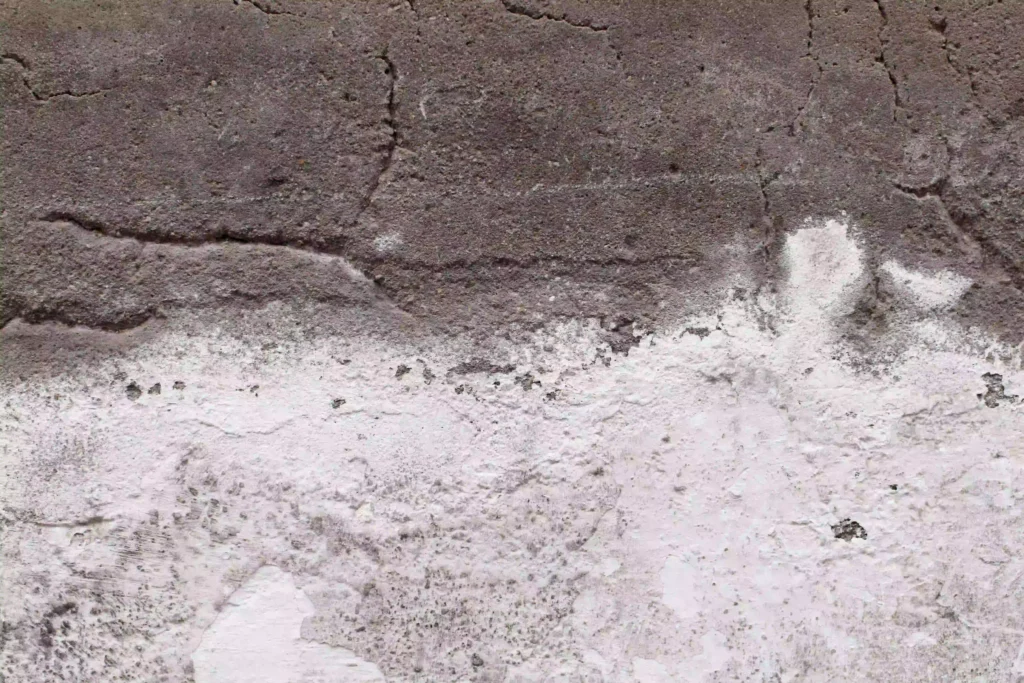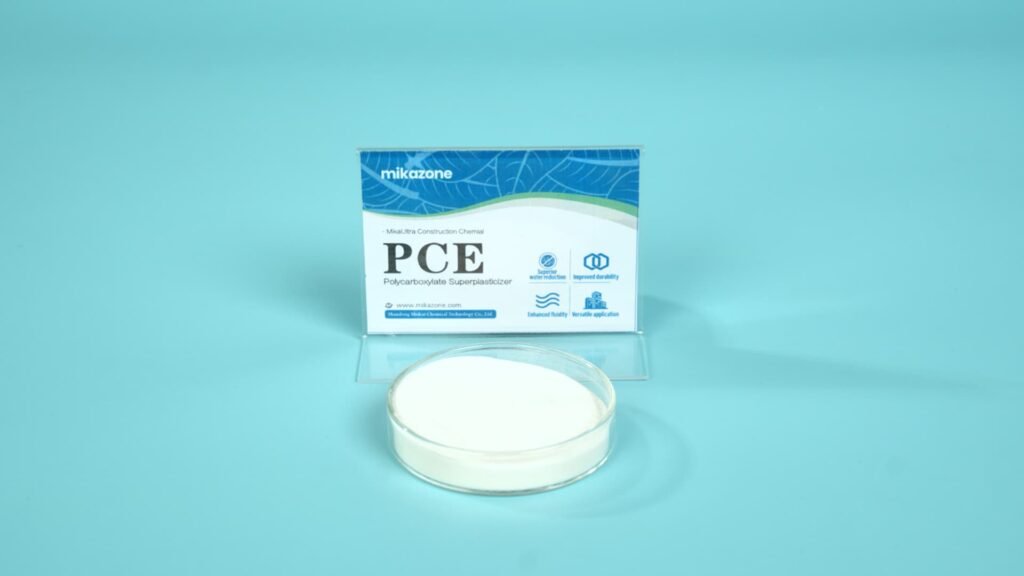
The seemingly simple question, “How long does concrete take to dry?” is actually one of the most critical and misunderstood aspects of working with this fundamental building material. The answer isn’t a single number, but rather a nuanced understanding of the complex chemical and physical processes involved. While you might walk on a slab within 24 hours, parking a car could take a week, and achieving full readiness for moisture-sensitive finishes might require months. Let’s delve into the science and practicalities behind concrete drying.
Concrete Drying vs. Curing: Two Distinct Processes
- Concrete drying refers to moisture evaporation from the surface. This process determines when surfaces become ready for coatings or flooring.
- Concrete curing involves cement hydration, where water and cement react to develop compressive strength and durability.
Successful projects require both adequate moisture evaporation and complete hydration. Ignoring curing risks weak concrete, while rushing drying causes cracks.

How Long Does Concrete Take to Dry?
The initial set allows finishing and occurs within hours.
Final sets typically happen within 12 to 24 hours.
Walkability requires 24 to 48 hours after the final set.
Light vehicle traffic needs 7 days, when concrete reaches about 70% strength.
Full compressive strength development takes 28 days.
Moisture-sensitive flooring installation may demand 30 to 90 days, depending on slab thickness and ambient conditions.
| Phase | Days |
|---|---|
| Initial Set | 24 to 48 hours |
| Sufficient Strength for Use | 24-72 hours.Vehicles or heavy loads often require 7 days or more. |
| Full Cure | approximately 28 days under standard conditions (around 70°F and proper moisture) |
Critical Factors Influencing Curing Time
1. Water-cement ratio directly affects porosity.
Higher ratios slow moisture evaporation and weaken cured concrete.
2. Ambient temperature extremes disrupt hydration. High heat accelerates surface drying but risks plastic shrinkage cracks. Cold temperatures drastically delay strength gain.
3. Relative humidity levels control evaporation speed.
Low humidity hastens surface drying, while high humidity prolongs it.
4. Air circulation or wind exposure accelerates moisture loss on the surface.
Optimizing these variables demands intelligent concrete mix design and strategic curing methods such as wet curing or plastic sheeting.
5. Concrete Admixtures: Chemical additives can be used to intentionally alter curing and setting times. Accelerators speed up initial setting and strength gain. Retarders slow down setting, useful in hot weather or complex placements.
Accelerate Strength Gain with Concrete Admixtures

PCE Superplasticizers act as high-range water reducers. They significantly reduce water content by 15% to 30% while enhancing flow. This lower w/c ratio creates denser concrete with minimized pores. Projects gain faster strength development, earlier load-bearing capacity, and reduced long-term moisture evaporation needs.
Cellulose Ether (such as Hydroxypropyl Methylcellulose HPMC)excels in moisture retention. It prevents rapid surface drying under high heat or wind, eliminating plastic shrinkage cracks. Its water retention capability ensures uniform hydration, boosting ultimate strength and surface integrity.
Together, these concrete additives deliver:
- Predictable concrete drying time
- Higher early and final compressive strength
- Reduced concrete cracking
- Enhanced durability against chemicals and weathering
Application-Specific Curing Timelines
| Project Type | Standard Timeline | Admixture Optimization |
|---|---|---|
| Driveways | Drive in 7 days | PCE Superplasticizers accelerate strength gain |
| Industrial Floors | 28-60 days for flooring | Low w/c ratio via PCE + Cellulose Ether reduces wait |
| High-Rise Structures | 18-24h formwork removal | PCE enables high early strength |
| Repair Mortars | Rapid moisture loss risk | Cellulose Ether ensures moisture retention |
Conclusion
Concrete drying time and curing time are not fixed variables. They depend on precise mix design and environmental control. By leveraging PCE Superplasticizers to reduce water demand and Cellulose Ether to retain moisture, contractors gain unparalleled command over timelines and quality.
Ready to optimize your concrete performance?
Mikazone provides industry-leading Cellulose Ether and PCE Superplasticizers engineered for maximum strength and efficiency. Contact our technical team to discover how our concrete admixtures can streamline your project schedule while eliminating cracks and callbacks.
Frequently Asked Questions
1. How long does concrete paint take to dry?
- Surface Dry: 1-4 hours (water-based) or 4-8 hours (oil-based/epoxy).
- Recoat/Touch Dry: 4-6 hours (water-based) or 24 hours (oil-based/epoxy).
- Full Cure/Hard Dry: 24-72 hours (water-based) or 3-7 days (oil-based/epoxy).
2. How long does epoxy take to dry on concrete?
- Tack-Free/Dust-Free: 4-12 hours (depending on product and temperature).
- Walkable (Light Traffic): 12-24 hours.
- Cure Time (Light Use): 24-72 hours.
- Full Cure/Hard Dry (Heavy Use, Chemical Resistance): 5-7 days (sometimes longer for 100% solid epoxies).
Crucial: The concrete slab itself must be sufficiently dry internally before epoxy application to prevent adhesion failure or blistering. Moisture testing is essential.
3. How long does quick-set concrete take to dry?
- Initial Set/Walkable: 20-40 minutes (very fast formulations).
- Final Set: 1-4 hours.
- Light Use: Often possible in 4-6 hours.
- Full Strength/Cure: Still requires 24-72 hours for significant strength; reaches full design strength over days/weeks like standard concrete.
“Quick set” primarily refers to rapid setting, not full drying/curing.
4. How long does concrete take to dry before rain?
- Critical Period: Fresh concrete is highly vulnerable for the first 2-4 hours after placement (during finishing).
- Minimum Protection: Protect from rain for at least 12-24 hours after placement to prevent surface damage, erosion, and weakening. Cover with plastic sheeting immediately if rain threatens during this period. Longer protection (up to 48 hours) is better.
5. How long does concrete take to dry in cold weather?
- Significantly Slower: Hydration and strength development slow dramatically below 50°F (10°C). Below 40°F (4°C), it nearly stops.
- Setting Times: The Initial set can take 2-3 times longer than in warm weather. Final set proportionally longer.
- Strength Gain: Takes days or weeks longer to reach equivalent strengths. Requires insulation, heated enclosures, or accelerators.
- Surface Dry: Can take days longer. Protection from freezing for at least the first 24-48 hours is critical.
6. How long does concrete take to dry to walk on?
- General Rule: You can usually walk carefully on a standard concrete slab 24-48 hours after placement, once the surface is hard enough not to be marked by footprints (after final set).
- Precautions: Avoid sharp heels or dragging heavy objects for at least 3-7 days. Avoid concentrated loads or traffic until 7-day strength is achieved.
7. How long does a concrete slab take to dry?
- Surface Dry: 24-48 hours to feel dry to the touch under good conditions.
- Moisture-Sensitive Flooring: Requires internal moisture to reach acceptable levels. This typically takes 28-90+ days.
- Full Cure (Strength): Reaches design strength around 28 days, though hydration continues slowly for months/years.
